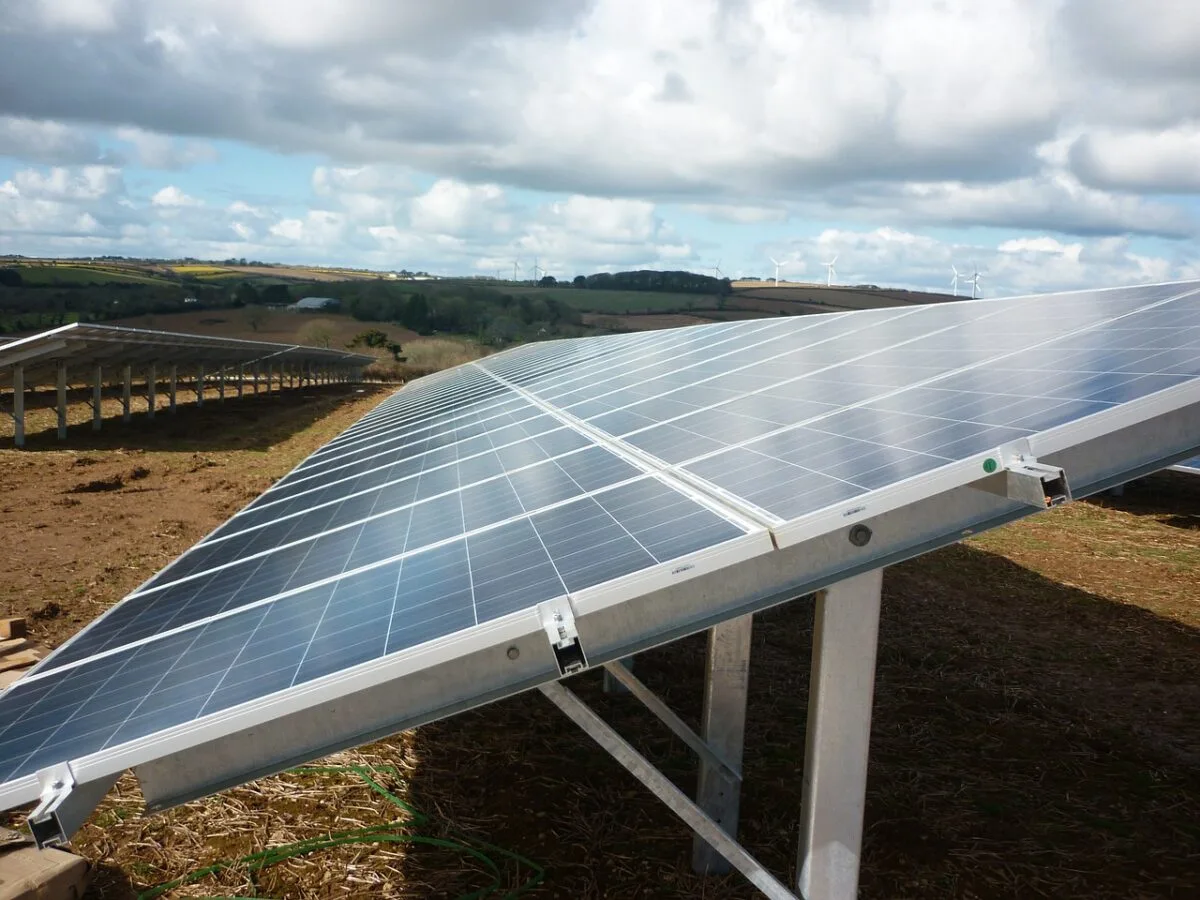You can find the full report from AFISA here:
While this sounds like a solid increase. It’s so much lower than it could be. Germany alone did 14.1GW in 2023 and doesn’t have a very good location compared to most of Africa. (nor does it have that many people).
I hope developed countries are using a lot more of their resources/invest a lot more into solar energy in Africa (e.g. via desertec). It would help both parties, and leads to more stable energy source throughout the year in the northern hemisphere.
Germany has failed to conquer the world twice, while Africa has conquered the world many times. Why would he help them get stronger?
I’m not saying it will stay in that way. I’m just disappointed, that this number is not way higher, when comparing to e.g. Germany.
And I would even say it’s the interest of developed countries (as they would have a stake in it, thus profiting from it). I’m not fond of a new form of colonialism (and I would grant them the sole energetic advantage they have of their location), but right now we just need to pivot as fast as possible, colonialism/“globalization” or not…
This is the best summary I could come up with:
AFSIA has released a new annual report on PV deployment in Africa.
“Unlike other regions of the world, there have been only a handful of large-scale projects, responding to government requests, that have been connected to the African power grid in 2023,” it added.
The association estimated that Africa passed the 16 GW threshold of cumulative installed PV capacity at the end of December.
South Africa accounted for nearly 3 GW of the total, primarily driven by C&I projects (75%).
“By quickly changing tack to focus on self-consumption, South Africans are showing the rest of the continent the way forward.
A path where alternative options exist and are financially viable in the event of failure of the national public utility,” said AFSIA.
The original article contains 308 words, the summary contains 122 words. Saved 60%. I’m a bot and I’m open source!



